5 Fake Superfoods & 5 Real Superfoods, According to an MD
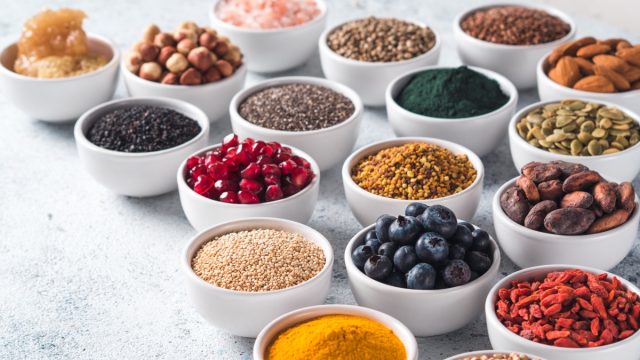
Are you spending a lot of money on food and drinks you consider superfoods? Don't waste your money, says Ken D. Berry, MD, family physician and social media influencer. In a recent viral video, the health expert busts the lid on exactly what a superfood is – and what it isn't. "I'm gonna tell you five completely fake superfoods and tell you why they're fake. And then I'm gonna tell you five actual superfoods that are completely nourishing and noninflammatory to human biology," he says.
Lots of People Waste Money on Foods and Drinks They Think Are Superfoods

Dr. Berry explains that lots of people waste money on foods and drinks they think are superfoods, "eating it or drinking it every day because you think somehow it's magically going to improve your health." However, most of them aren't actually superfoods at all.
The Term Superfood Is Actually a Marketing Ploy, He Says
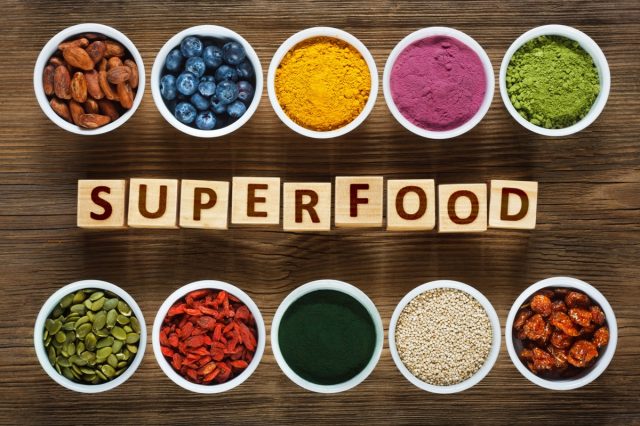
Dr. Berry explains that the term superfoods is more or less a marketing ploy. "Food companies quickly learned from the United Food Company that the term superfoods equals super sales, and also you get to charge a lot more money for it," he says.
Here Is What a Superfood Actually Is
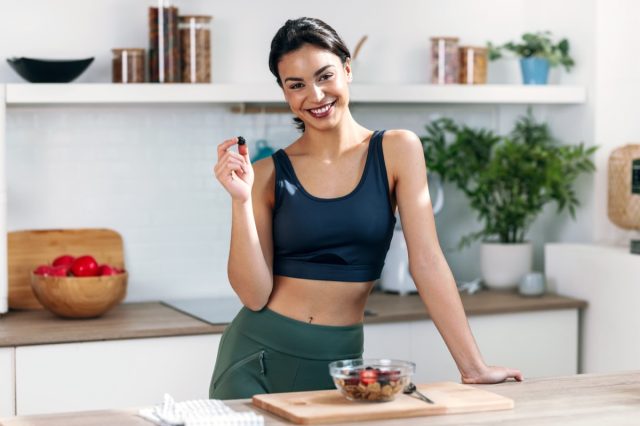
"My definition of a superfood is a food that is nutrient-dense, is ancestrally appropriate, meaning humans have eaten it for a long damn time, is rich in amino fatty acids, vitamins, and minerals, all of which are essential," he says.
The Nutrients in Superfoods Are Bioavailable and Bioabsorbale

"We need all those, or we'll get sick, we'll suffer, and we'll die," he continues. "Also, these foods are, the nutrients in them are highly bioavailable and bioabsorbable, meaning they're not locked up by oxalates or lectins or phytates."
RELATED: 17 Signs That You May Not be Getting Enough Vitamin D
Fake Superfood 1: Anything "Whole Grain"
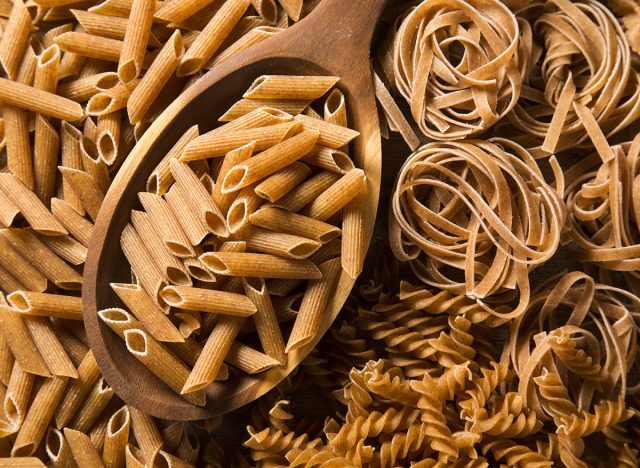
He goes into talking about the five fake superfoods. "Number one on this list is whole grain, anything," he says. "Right off the bat, there's a large percentage of human beings on the planet who have an outright allergy to gluten who cannot eat whole grains at all. And then there's another very large subpopulation that, although they don't have overt celiacs, they absolutely have a reaction when they eat grains," he says. "So also grains are devoid of nutrition. That's why they're often fortified with fake vitamins and minerals coming from a chemical factory – because they don't contain any. So, that can't be a superfood. It doesn't meet the criteria for my definition of a superfood, which I think is the best definition out there."
Fake Superfood 2: Dark Chocolate
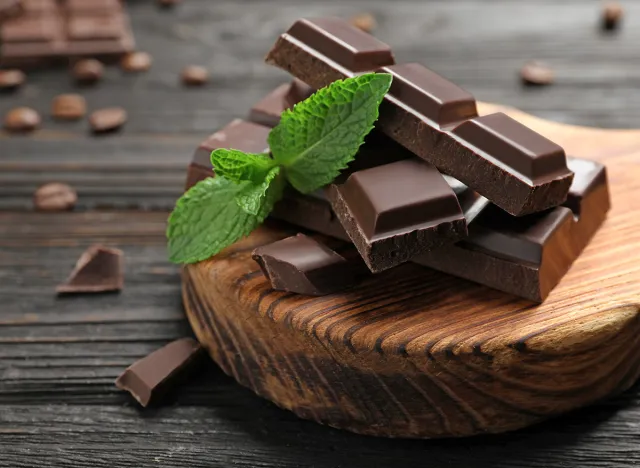
The next fake superfood? Dark chocolate. "It is touted as a miracle cure for this, that, or the other. It has magical phytochemicals in it, phytonutrients that you just can't get anywhere else in such high quantities. The problem is, is all these phytonutrients that you hear about, the polyphenols and all the other things, they've never been proven to be necessary for optimal human health," says Dr. Berry. He points out that because of the claims, "the dark chocolate companies know that if you put super food on it, you can also charge a super price," he says. "Superfood equals super profit, but it does not equal super health."
Fake Superfood 3: Kale
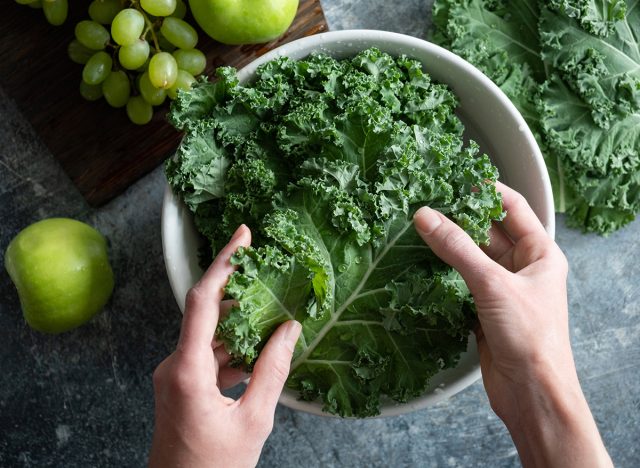
The next fake superfood might surprise you: Kale. "Kale is often touted as a superfood because it has so much vitamin A," he says. However, he claims that it has "zero" vitamin A. "Kale is touted as having lots of phytonutrients and other things. And then also there is a premium placed on the price of kale, isn't there? Actually, kale, if it were sold at its true market value, the grocer would pay you to take it home and eat it."
RELATED: I'm a "Lazy Girl" and Here's How I Lost 50 Pounds of Fat in 3 Months
Fake Superfood 4: Manuka Honey
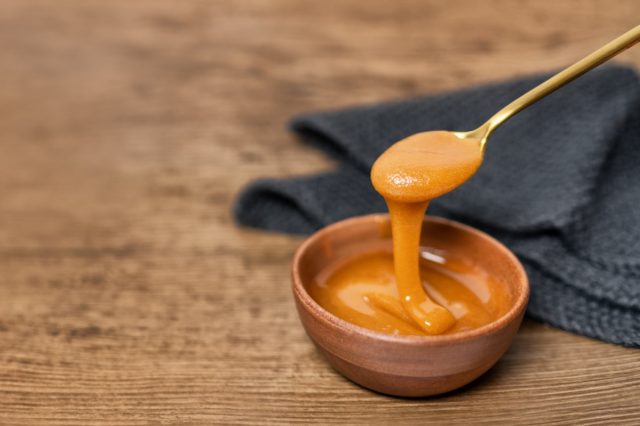
The next superfood is Manuka honey "or any of the other magically delicious honey out there," says Dr. Berry. "I saw a tiny jar of Manuka honey at our local Whole Foods. It was over $50 for maybe two ounces of Manuka honey. This is 100% marketing honey of any variety from the cheapest honey that's been cut with corn syrup all the way up to the most premium expensive honey on the planet is sugar and water. That's what it is. It spikes your blood sugar and your insulin. There's nothing magical about honey. It's not a superfood."
Fake Superfood 5: Pomegranate Juice
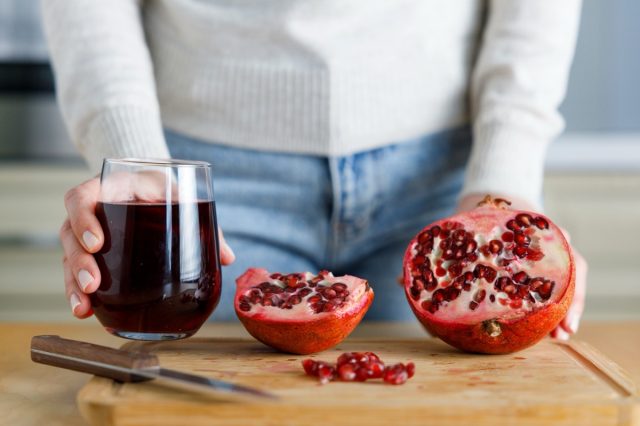
"The next super food that you see touted all the time is pomegranates or pomegranate juice," says Dr. Berry. He points out that the drink has "a lot of carbohydrates, a few phytochemicals that may or may not be proven someday to actually be beneficial for the human organism."
Real Superfood 1: Eggs
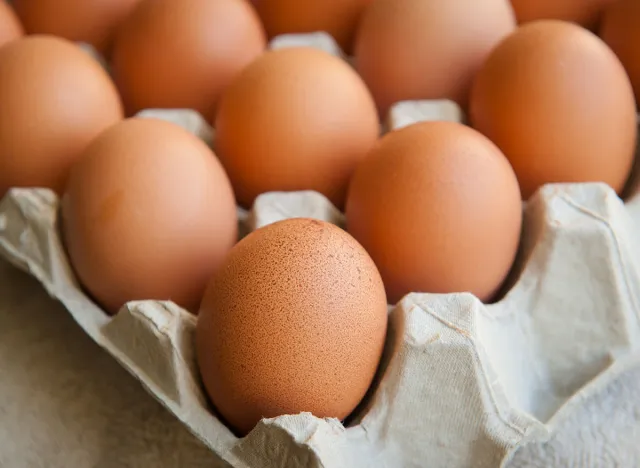
"The number one superfood that actually is super food by my definition is eggs with the yolk," says Dr. Berry, noting that "the nutrition quality, the density of that egg yolk is just off the charts." He adds that "virtually no one is allergic to an egg yolk, and this includes chicken eggs, duck eggs, goose eggs, quail eggs, the egg from any bird. The yolk is a superfood. It just can't be argued."
RELATED: I'm a Doctor, and This Is Exactly How to Lose "Serious Weight" with Intermittent Fasting
Real Superfood 2: Sardines and Anchovies
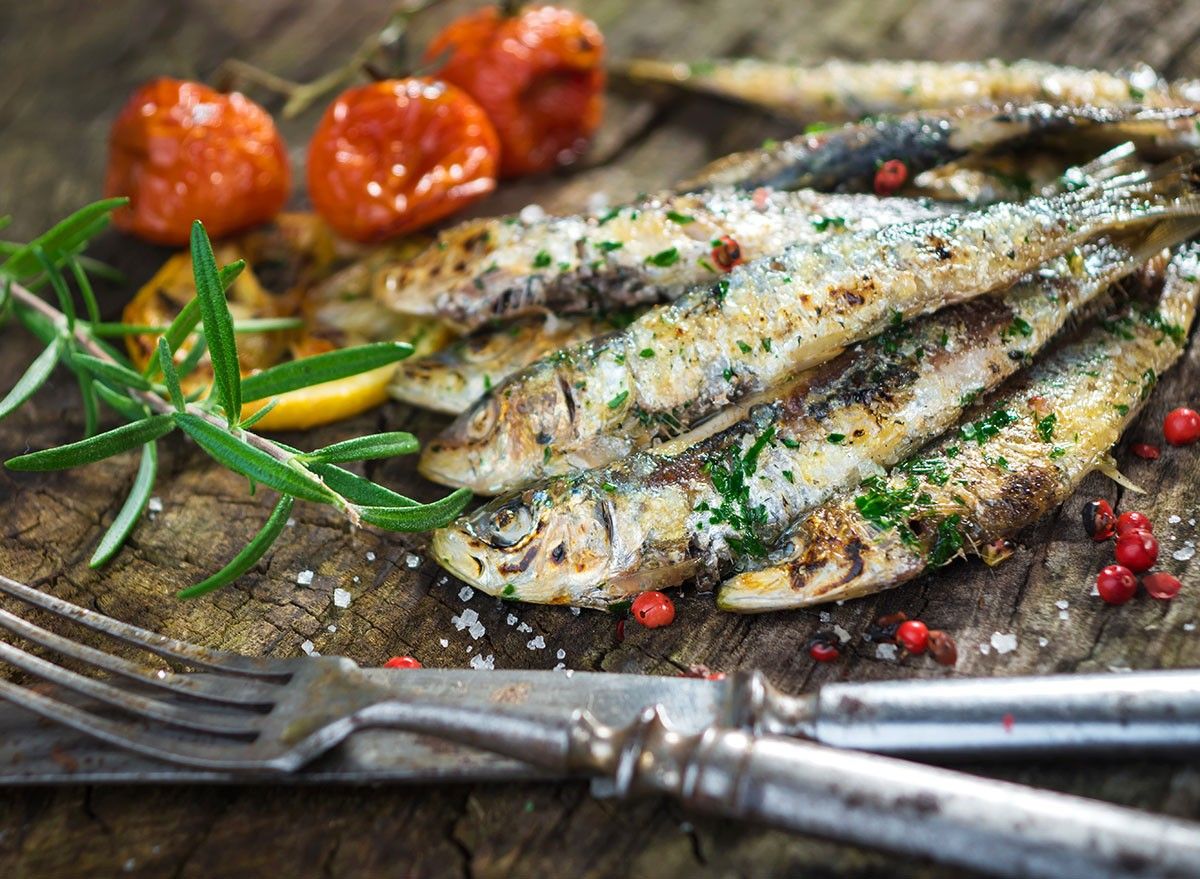
"The next superfood that actually is a superfood is sardines and anchovies. Any of the small cold water fish with the skin on and the bones in are amazing nutritionally. If you look up the nutrition values for one of these fish, you're gonna be blown away. They're all wild-caught. They all basically live on algae, so they don't build up the mercury and other heavy metals that are in our modern ocean," he says. "I literally could lock you in my barn and just feed you sardines with the skin on and the bones in. And it would be years before you developed a vitamin or a mineral deficiency because it's so nutritionally complete."
Real Superfood 3: Liver
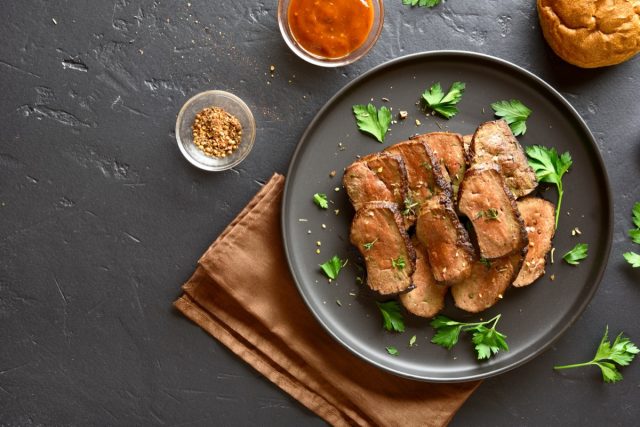
"The next superfood that actually deserves the name superfood is liver. This can be cod liver, chicken liver, beef liver, pork liver, goose liver, sheep liver, goat liver," he says. "The nutrition is so off the charts that it's almost unbelievable. Liver is probably the preeminent superfood. I didn't put it number one because a lot of people haven't yet learned to like the taste of liver. But while you're still working on that, I want you to look up the nutrition contained in just two ounces of liver and compare it to any other purported superfood on the planet."
Real Superfood 4: Fish Roe
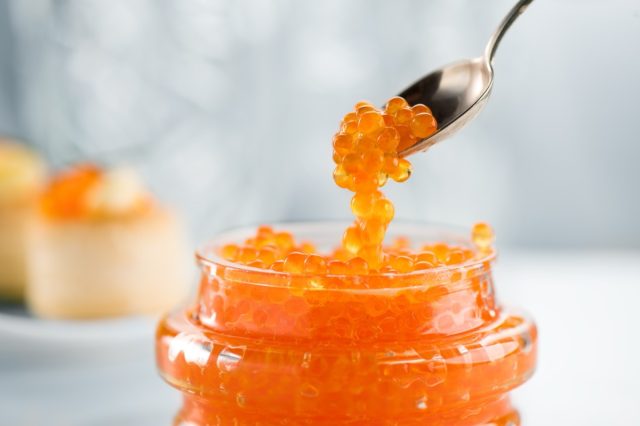
"The next superfood that deserves the name is fish roe. That's fish eggs. Some people call it caviar. Of course, that only applies to a few specific varieties, but fish roe is amazing, much like the egg from a bird," he says. "A fish egg contains every single thing needed to build a fish, including the fish's liver and all his heart and all its other internal organs. Fish roe is a literal superfood. He notes that it has "all the Omega-3 fatty acids, the other essential fatty acids, and all of the essential amino acids that you need."
Real Superfood 5: Bivalves
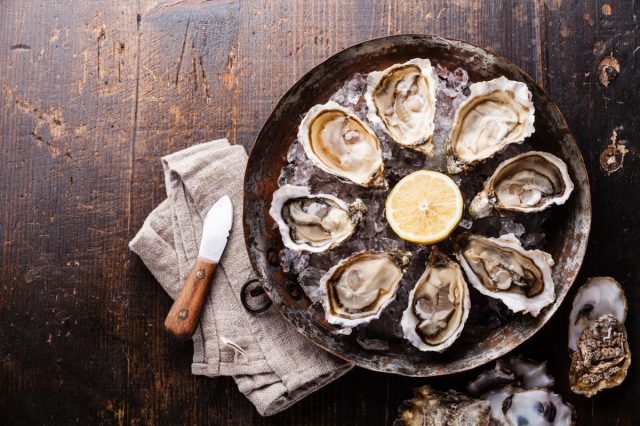
"The last superfood that actually is a superfood is the bivalves. This is mussels, oysters, and clams. These guys are superfoods. A lot of people don't realize this. They're not on a lot of people's radar," he says. "The entire mollusk category is an excellent, excellent superfood. This includes snails and slugs, but a lot of people are not going to eat snails and slugs, and I totally get it. But oysters, clams, and mussels are nutrient-dense. They have almost a complete panel of every single nutrient you would ever need for optimal health."
RELATED: I Lost 50 Pounds in 8 Months by Walking
Note That None of the Real Superfoods Have the Word "Superfood" on the Label

"You may have noticed that none of the real superfoods actually have the word superfood on the label, but all the ones that are not real superfoods have the word superfood on the label," Dr. Berry points out, reminding that the term superfood is just for marketing. "It's for making more profits. It has nothing to do with the actual nutrition contained in the actual food. You'll never see a package of liver or sardines or eggs or fish row with the word superfood on them," he says. And if you enjoyed this article, take advantage of these 20 Superfoods for People Over 50.




